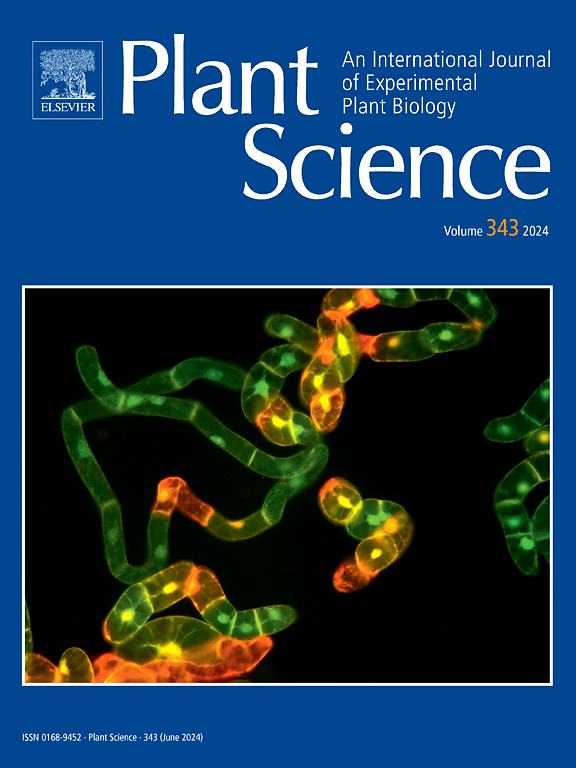Glycine betaine and plant abiotic stresses: Unravelling physiological and molecular responses
IF 4.2
2区 生物学
Q2 BIOCHEMISTRY & MOLECULAR BIOLOGY
引用次数: 0
Abstract
Plants are constantly subjected to various abiotic stresses (drought, salinity, heavy metals and low temperature) throughout their life cycle, which significantly hinder their growth and productivity. Key abiotic stresses include drought, salinity, heavy metals, and extreme temperatures. In response, plants modulate glycine betaine (GB) levels, a vital compatible solute that influences growth and stress tolerance by interacting with phytohormones and cellular signaling pathways. Not all species can synthesize endogenous GB; however, some non-GB accumulating plants have been genetically modified to enhance GB production through the overexpression of synthesis genes such as choline oxidase, choline monooxygenase, and betaine aldehyde dehydrogenase. Exogenous GB treatment can mitigate stress effects by improving nutritional balance, reducing reactive oxygen species (ROS), minimizing membrane damage, and alleviating photoinhibition. Nonetheless, the specificity of GB application, transport, and accumulation across species, as well as its interaction with phytohormones in stress alleviation, remains uncertain. This review focuses on GB's role as an antioxidant, osmo-regulator, and nitrogen source, evaluating the physiological, biochemical, and molecular mechanisms by which GB mitigates abiotic stresses, aiming to develop GB-based strategies for enhancing plant stress resilience.
求助全文
约1分钟内获得全文
求助全文
来源期刊

Plant Science
生物-生化与分子生物学
CiteScore
9.10
自引率
1.90%
发文量
322
审稿时长
33 days
期刊介绍:
Plant Science will publish in the minimum of time, research manuscripts as well as commissioned reviews and commentaries recommended by its referees in all areas of experimental plant biology with emphasis in the broad areas of genomics, proteomics, biochemistry (including enzymology), physiology, cell biology, development, genetics, functional plant breeding, systems biology and the interaction of plants with the environment.
Manuscripts for full consideration should be written concisely and essentially as a final report. The main criterion for publication is that the manuscript must contain original and significant insights that lead to a better understanding of fundamental plant biology. Papers centering on plant cell culture should be of interest to a wide audience and methods employed result in a substantial improvement over existing established techniques and approaches. Methods papers are welcome only when the technique(s) described is novel or provides a major advancement of established protocols.
 求助内容:
求助内容: 应助结果提醒方式:
应助结果提醒方式:


